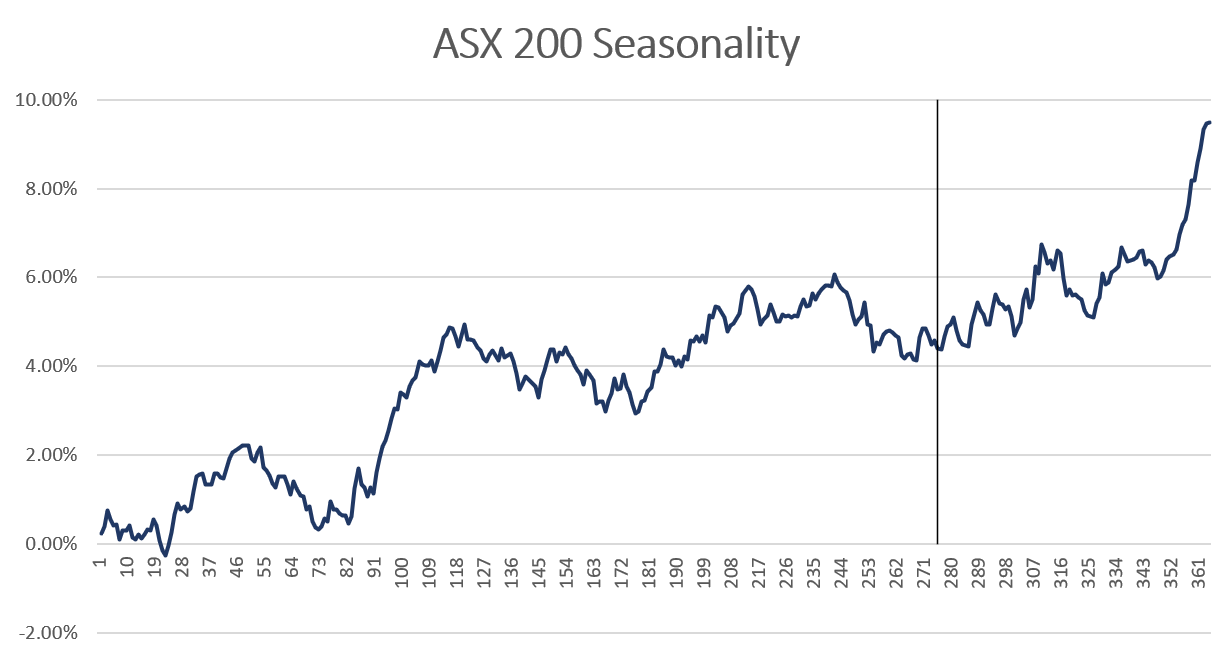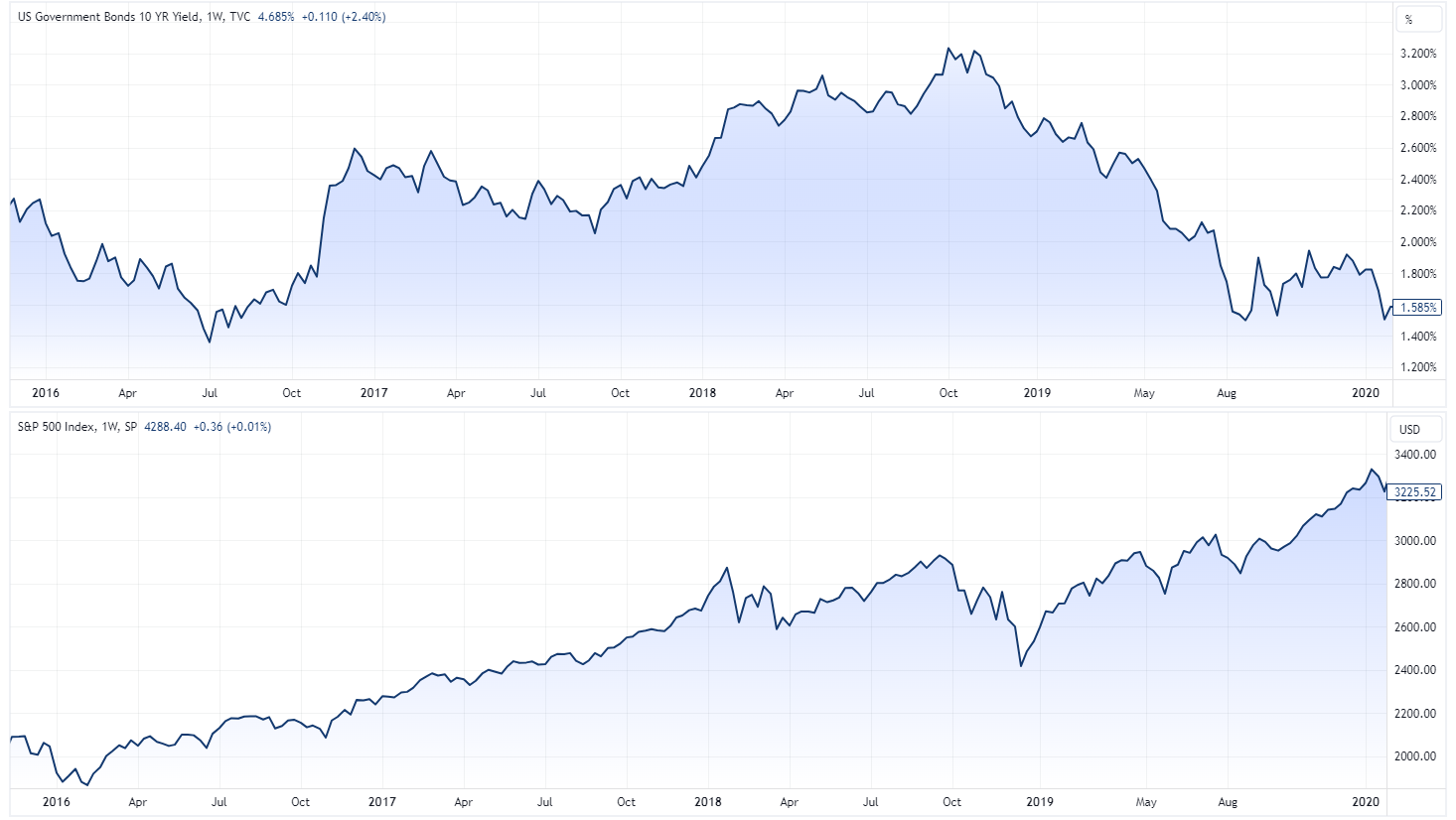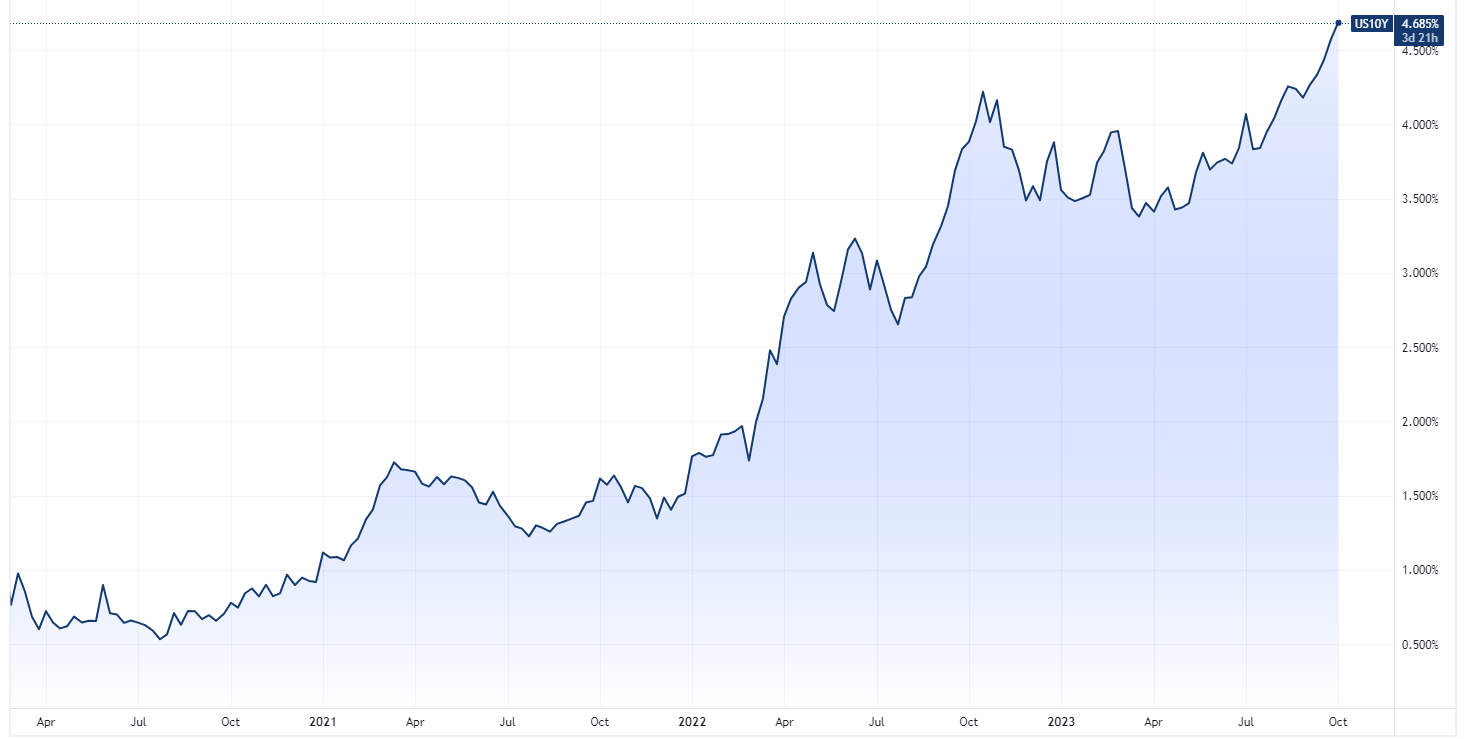The ASX 200 tends to bounce in October. Will this year be any different?
Good riddance to what was a very rough month for the ASX 200. The Index tumbled 3.5% in September, with the month living up to its reputation as a troublesome period based on seasonality.
The ASX 200 has fallen an average 0.94% in September since 1992 and only positive 35% of the time. Since 2014, its performance has been even worse, with an average decline of 2.70% and a positive return only 11% of the time (or just one occurrence in 2019).
But here's the good news. Seasonality moves in favour of bulls in the fourth quarter. October has the tendency to mark the seasonal low for the ASX 200, ahead of the well-documented Santa Claus rally.

What does October look like?
The ASX 200 has gained an average 0.89% in October and tends to finish higher 58% of the time. Since 2010, its performance has improved, with an average gain of 2.15% and positive return 69% of the time.
Despite seasonal tailwinds, several macro and market data points suggest otherwise.
- Oil prices are soaring and recently hit US$95 a barrel (now pulling back to the US$90 level).
- US 10-year yield hit 4.7% on Monday, a level not seen since October 2007.
- Inflation is re-accelerating globally as beneficial base effects roll off and energy prices tick higher. Australia's monthly CPI indicator rose 5.2% in the twelve months to August, up from 4.9% in July.
- The benchmark for small cap stocks – the Russell 2000 – turned negative year-to-date, flagging broader weakness in the market and economy.
On the flip side, JPMorgan views the first two factors as potential fuel for a bounce in October.
"Tactically, we resume our bullish stance on equities given (i) limited upside for oil to sustain above US$100; (ii) sharp move higher in yields could be overdone by technical factors; (iii) an improvement in economic data and earnings may provide support for stocks."
A closer look at 2018
There are only three Octobers where the ASX 200 fell more than 5%.
Two were relatively obvious: the Asian Financial Crisis in 1997 (-10.7%) and the Global Financial Crisis in 2008 (-11.9%). But then there's 2018.
The ASX 200 marked its worst monthly fall in more than two years in October 2018, down 6.1%.
I sifted through some articles from 2018 to find out why and the commentary from the AFR flags an awfully familiar narrative:
"The sharp rise in US government ten-year yields up to a seven-year high above 3.2 per cent at the start of the month caused market participants to sharply reconsider asset prices as Treasury rates are the foundation for valuation across all asset classes."
More broadly speaking, 2018 was an awful year for markets.
- President Donald Trump was waging a trade war with China.
- The Fed was in the midst of its hiking cycle and raised interest rates by 100 bps in 2018 (four 25 bp hikes) to 2.25% - 2.50%.
- Iron ore prices experienced several selloffs that year to lows of around US$60 a tonne.
The US 10-year yield topped out around 3.2% in October 2018 and more than halved to 1.5% by August 2019 (the Fed also started cutting rates in August 2019).
Even when yields peaked, markets continued to sell off. Some of the peak to trough moves during this period include:
- ASX 200: -13.75% between 13 Aug 2018 and 17 Dec 2018
- S&P 500: -17.5% between 17 Sept 2018 and 17 Dec 2018

As the above performance suggests, there was no Santa Claus rally that year. The ASX 200 fell a further 2.8% in November and 0.25% in December.
The bottom line
Season factors are pointing towards a strong fourth quarter. But will macro factors allow it?
The US 10-year Treasury yield rallied 50 bps last month to take out recent highs and advance to around 4.6% to 4.7%. Can yields put in a top? Or is higher-for-longer truly here to stay?

3 topics

